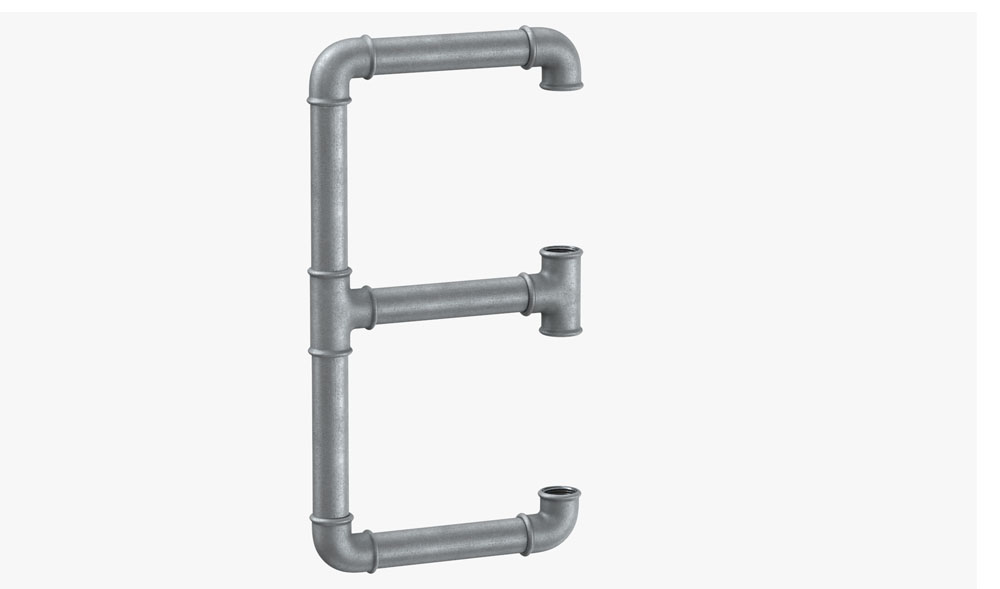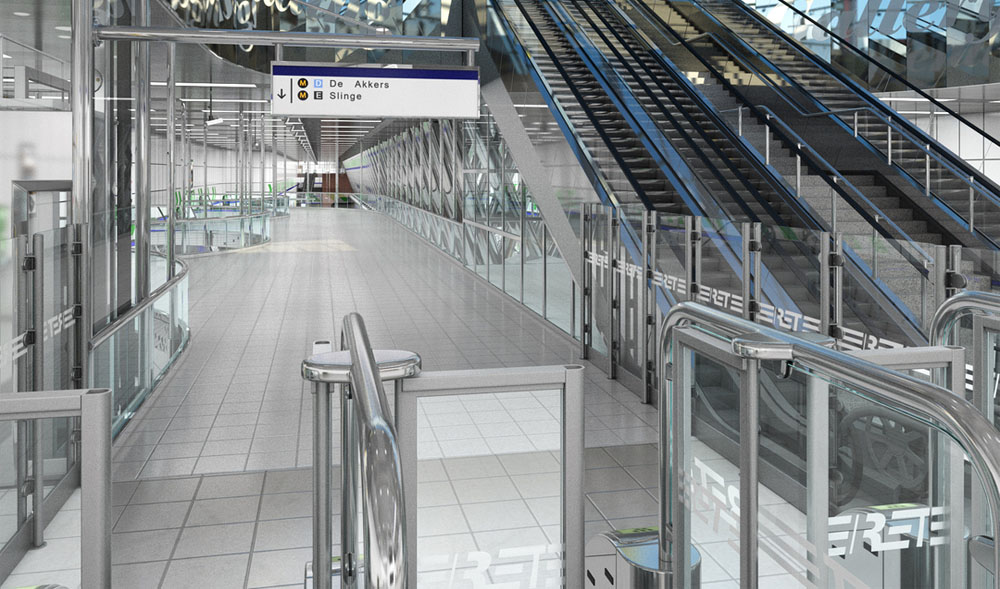3×3 Galvanized Steel Tubing
-
 2022-10-31
2022-10-31
-


ASTM A53 is the standard specification for carbon steel pipe. It covers seamless and welded black or galvanized steel pipe, fittings, and flanges. ASTM A53 (A,B) defines grades of carbon steel pipe in Schedules 10 through 160. The most common grades are designated with a letter D (for example, A53-D). The higher the number, the thicker the wall thickness; therefore, using Schedule 40 will provide more strength than using Schedule 80.

A53 3×3 galvanized tube is produced to the ASTM A53 specifications.
A53 is a standard specification for carbon steel pipe. The A53 specifications are used in the oil and gas industry to specify the chemical and mechanical requirements of carbon steel pipe.
ASTM A53 specifies testing procedures for the chemical analysis, mechanical properties, tensile strength, yield strength, elongation at fracture and impact resistance of carbon steel pipes made from various grades of material.
A53 provides a mechanic structure.
A53 provides a mechanic structure. A53 can be used in structural applications. A53 is a low-cost structural steel. A53 gives you a low-cost structural steel.
A53 gives you a low-cost structural steel.
A53 is a lower strength steel than A500 and A500M. There are two grades of A53 available, the regular grade (A53) and the high-strength grade (A53HT).
- The standard specification for both grades of A53 is ASTM A 53/A 53M, which covers seamless and welded mild steel pipe with nominal outside diameter from 3/4 in (19 mm) to 24 in (610 mm) inclusive.[2]
3×3 galvanized tube used in structural applications.
A53 is a good structural tube that, in many ways, outperforms many of its counterparts. This is especially true when it comes to durability and resistance to corrosion. A53 can be used in structural applications such as:
- Structural columns
- Beams
- Girders
A53 offers a weldable mechanical tube with high resistance to corrosion and good formability.
A53 is commonly welded. Welding is a process that joins two or more pieces of metal together by heating the pieces until they melt, and then fusing them into one piece. This is done by applying pressure and heat to the seam with a tool called an arc welder. Welding can be done in different ways, but it’s most common to weld A53 pipe by TIG-welding or SMAW (Shielded Metal Arc Welding). Both methods require specialized equipment and professional training.
ASTM 3×3 galvanized tube is the standard specification for carbon steel pipe.
ASTM A53 (A,B) is the standard specification for carbon steel pipe. ASTM A53 covers seamless and welded black and hot-dipped galvanized steel tubing in nominal sizes from 1/8″ through 12″ that is used for mechanical applications such as structural members, fittings, and flanges. This standard also covers tube type fittings made from A53 seamless or welded tubes.
The major applications of A53 include:
- Structural applications such as columns, beams, girders or channels;
- Fittings such as tees or elbows;
Conclusion
ASTM A53 is a standard specification for carbon steel pipe. The material is used primarily in the construction of buildings and other structures. ASTM A53 can be used as a structural member in industrial, commercial, and residential construction.



